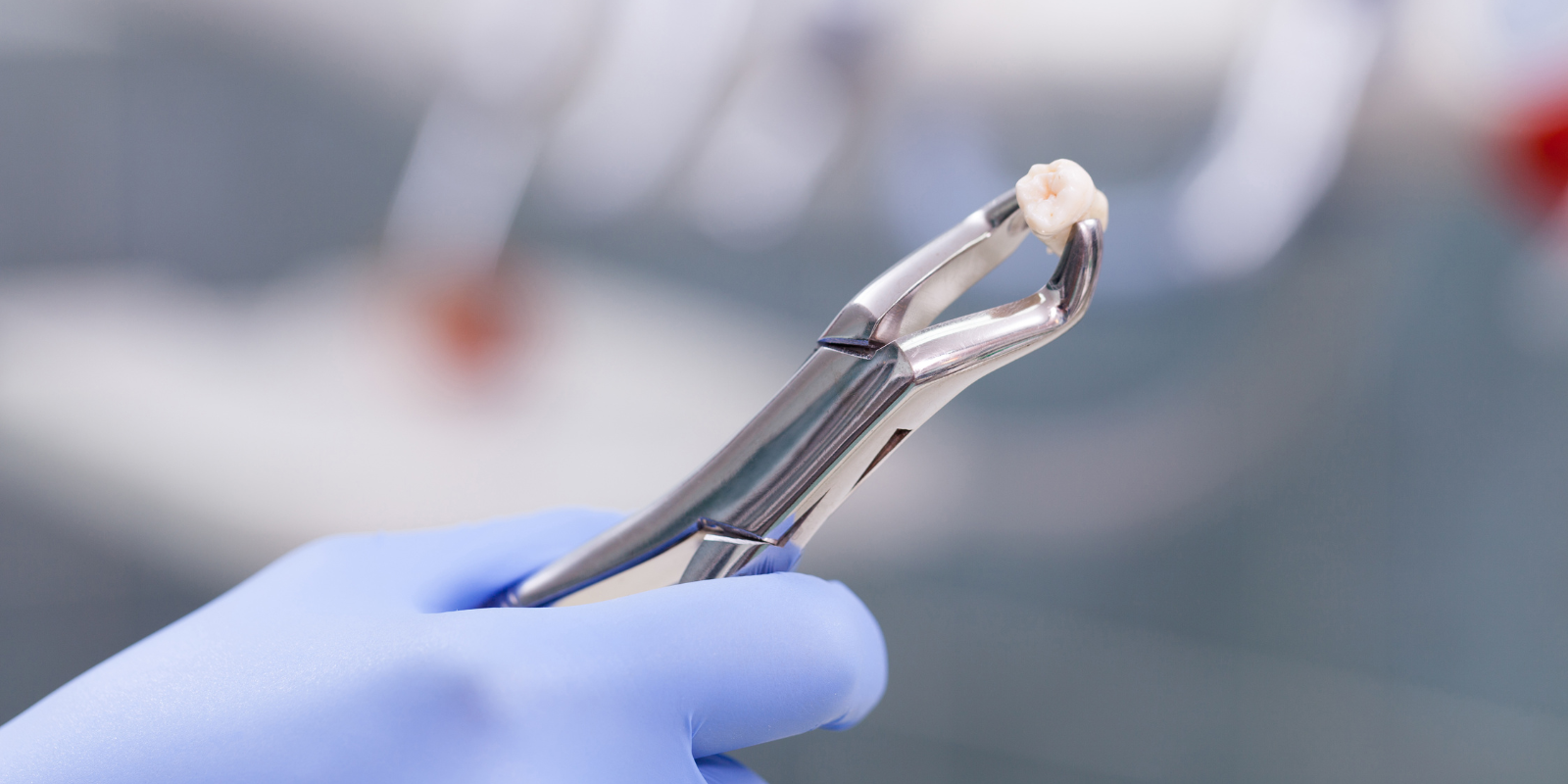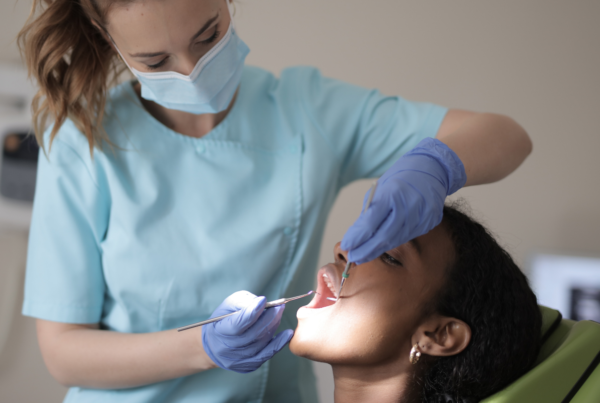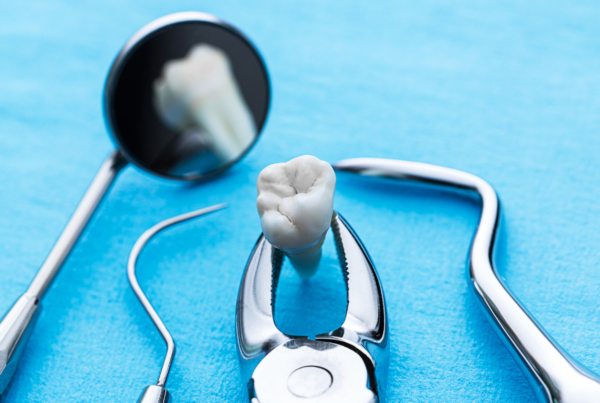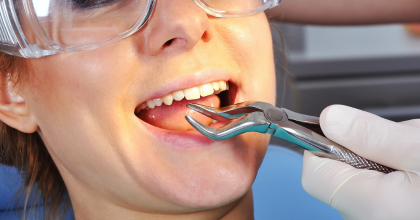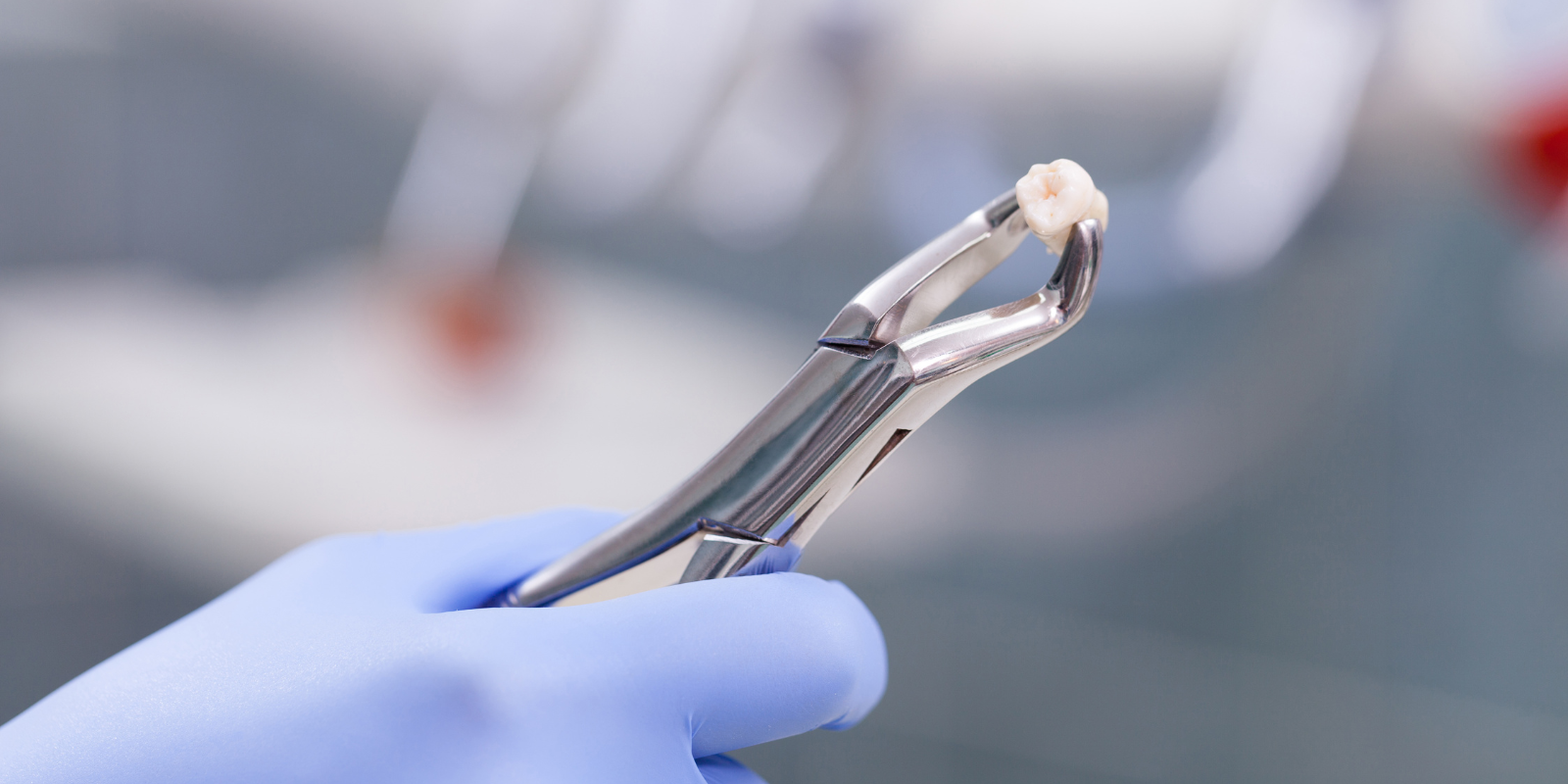
- Tooth extraction with inflammation
- What is dental inflammation?
- Symptoms of dental inflammation
- Can a tooth be extracted when inflamed?
- When is tooth extraction with inflammation necessary?
- How to prepare for a tooth extraction – what to know before the procedure
- Risk and possible complications of tooth extraction during inflammation
- Post-extraction care for inflamed tooth removal – handle oral hygiene with care
- Alternatives to tooth extraction during inflammation – root canal treatment, abscess drainage, and antibiotics
- Summary – book a dental appointment and make the best decision with your dentist
Tooth extraction with inflammation
Tooth extraction is a last resort that often raises many questions and fears, especially when a patient is dealing with inflammation in the oral cavity. Can extraction be performed in such cases? Removing a tooth affected by inflammation is possible, particularly when the pain becomes unbearable and radiates to other areas. However, it may also lead to serious complications. A dental visit can help relieve the most troublesome symptoms, improve quality of life, and ensure proper oral health. Depending on the severity of the issue, an appropriate treatment and care plan is determined. Below, we explain the most important points.
What is dental inflammation?
Inflammation is a natural defensive response of the body triggered by tissue damage, bacterial infections, mechanical injuries, or exposure to toxins. In the case of teeth and their surrounding tissues, it most commonly develops as a result of advanced tooth decay, periodontal disease, or periapical infections. The process may affect the tooth’s interior (pulp) as well as surrounding structures such as the gums, bone, or ligaments that support the tooth. In an effort to fight the threat, the body increases blood flow to the area, which causes symptoms like pain, swelling, and redness.
Symptoms of dental inflammation
Advanced tooth decay
Tooth decay progresses when bacteria in the mouth produce acids that erode the enamel and dentin. If left untreated, the bacteria reach the tooth’s interior, triggering an immune response that results in sharp pain and other unpleasant symptoms.
Periapical infections
If pulp disease is not treated, the pulp can die, allowing bacteria to spread beyond the root canals. This leads to inflammation of the tissues around the tooth root tip. The infection may cause swelling, pus formation, and even damage to the surrounding bone.
Periodontal disease (e.g., periodontitis)
The periodontium consists of tissues surrounding the tooth, including the gums, alveolar bone, and periodontal ligaments. Periodontal diseases like gingivitis or advanced periodontitis typically result from excessive plaque and tartar buildup.
Dental abscesses
An abscess is a closed cavity filled with pus caused by intense bacterial inflammation. It may form around the tooth root (periapical) or in the gum (periodontal). These conditions cause toothache, swelling, and sometimes fever.
Mechanical injuries
A broken tooth, damaged gum, or other trauma can lead to inflammation of the tooth or surrounding tissues since damaged areas are more vulnerable to infection.
Impacted wisdom teeth
Wisdom teeth that don’t have enough room to erupt properly can cause pain and inflammation around the crown (pericoronitis). This results in swelling and difficulty opening the mouth.
Can a tooth be extracted when inflamed?
The decision to extract a tooth depends on several factors, such as the severity of the infection, presence of swelling or abscess, and the patient’s overall health. In many cases, extraction is possible, but the patient must be properly prepared. If the inflammation is advanced, lasts for several days, and causes significant swelling around the tooth, the dentist may recommend starting with antibiotics to reduce the infection. In such cases, the procedure is postponed until the worst symptoms have subsided.
When is tooth extraction with inflammation necessary?
In some situations, extraction is required—especially when the tooth is irreparably damaged and cannot be saved with root canal therapy. Examples of such situations include:
- a tooth affected by advanced pulpitis and periapical infection that has led to bone loss
- presence of an abscess that does not respond to treatment and continues to spread
- a tooth that serves as a source of recurring or spreading infection
How to prepare for a tooth extraction – what to know before the procedure
Tooth extraction in the presence of inflammation requires special preparation. Bacteria, swelling, and tissue irritation may make the procedure and healing process more difficult. The dentist will perform a thorough examination and take an X-ray to identify the root cause and determine the best course of action.
In cases of severe inflammation, especially with swelling or an abscess, extra caution is needed. Antibiotic therapy is often recommended to reduce bacterial load and swelling. This also allows effective anesthesia of the inflamed area. Antibiotics are typically taken a few hours before the extraction.
Patients may also be prescribed non-steroidal anti-inflammatory drugs (NSAIDs), such as ibuprofen, to relieve pain and discomfort. Before the procedure, the dentist will discuss the details of the extraction and post-op recommendations, including proper hygiene and how to manage pain. It’s also important to inform the dentist about any chronic conditions (e.g., diabetes, hypertension) and blood-thinning medications so treatment can be adjusted accordingly.
On the day of the procedure, the patient should avoid alcohol and smoking. If general anesthesia is planned, arriving on an empty stomach is required. For local anesthesia, a light meal beforehand is usually recommended. Proper preparation minimizes risks and supports healing.
READ MORE: BLOOD CLOT
Risk and possible complications of tooth extraction during inflammation
Extracting an inflamed tooth carries a higher risk of complications than removing a healthy one. One of the most common issues is delayed healing. Infection in the tissues may result in dry socket, a condition where the blood clot fails to form or is dislodged, causing intense pain and a longer recovery time.
Another possible complication is the spread of infection to nearby tissues such as the jaw, sinuses, or even systemic spread in rare cases, which may lead to sepsis. This is why it’s essential to consult with an experienced dentist and go over each step of the procedure beforehand.
Post-extraction care for inflamed tooth removal – handle oral hygiene with care
After a tooth extraction involving inflammation, special care is needed—especially during the first 24 hours. Avoid rinsing the mouth so as not to dislodge the protective blood clot. Apply cold compresses externally to reduce pain and swelling. Soft foods are recommended, and avoid chewing on the extraction side. Hot drinks, alcohol, and smoking should be avoided as they may slow down healing. After 24 hours, mild rinses with sage or chamomile tea can soothe and reduce inflammation.
Recovery varies between individuals but largely depends on how well post-op instructions are followed. Proper oral hygiene is essential—gently brushing around the wound and using prescribed antiseptics. Pain relievers and antibiotics may also be prescribed if necessary.
Alternatives to tooth extraction during inflammation – root canal treatment, abscess drainage, and antibiotics
One of the most common alternatives is root canal treatment, which involves removing infected pulp and cleaning the root canals, allowing the tooth to be saved. Another option is abscess drainage, where the pus is released through an incision, reducing swelling and pain while containing the infection. Antibiotic therapy may also be used to reduce inflammation and prepare the tooth for further treatment. In less advanced cases, hygiene procedures such as scaling and root planing may be helpful.
Summary – book a dental appointment and make the best decision with your dentist
The decision to extract an infected tooth should be made individually and in consultation with a dental professional. In many cases, extraction is possible, but prior preparation, such as antibiotics or imaging, may be required. It’s crucial not to ignore symptoms or delay the visit, as untreated infections can lead to serious complications. Following post-op recommendations plays a vital role in smooth and complication-free healing.
